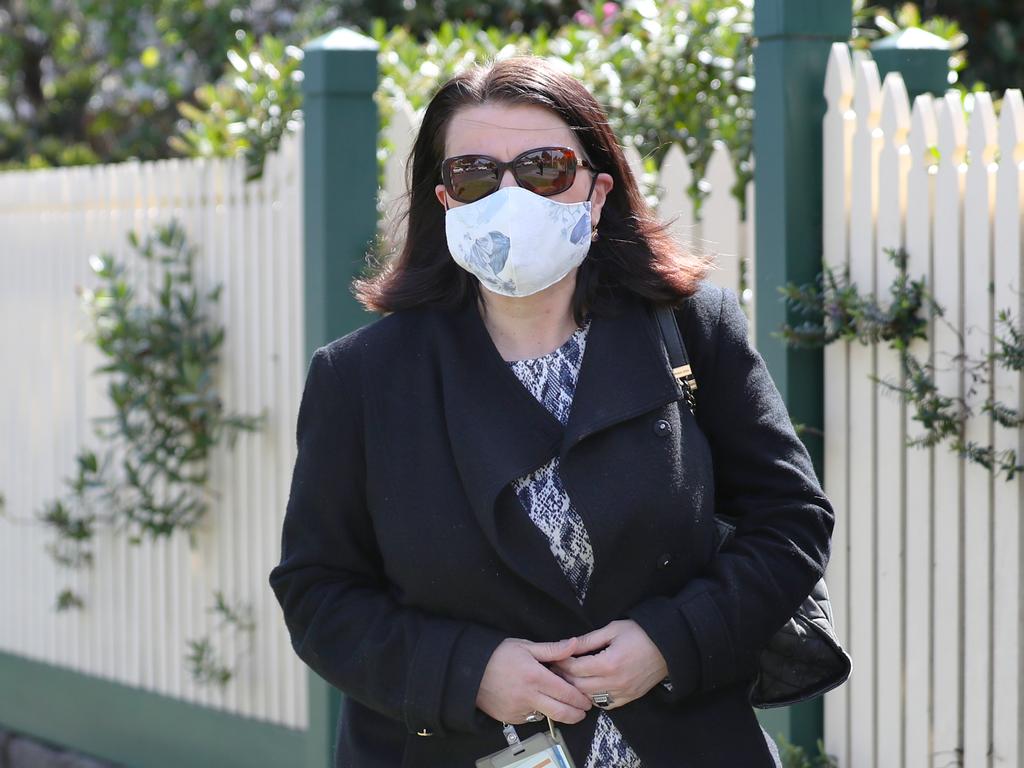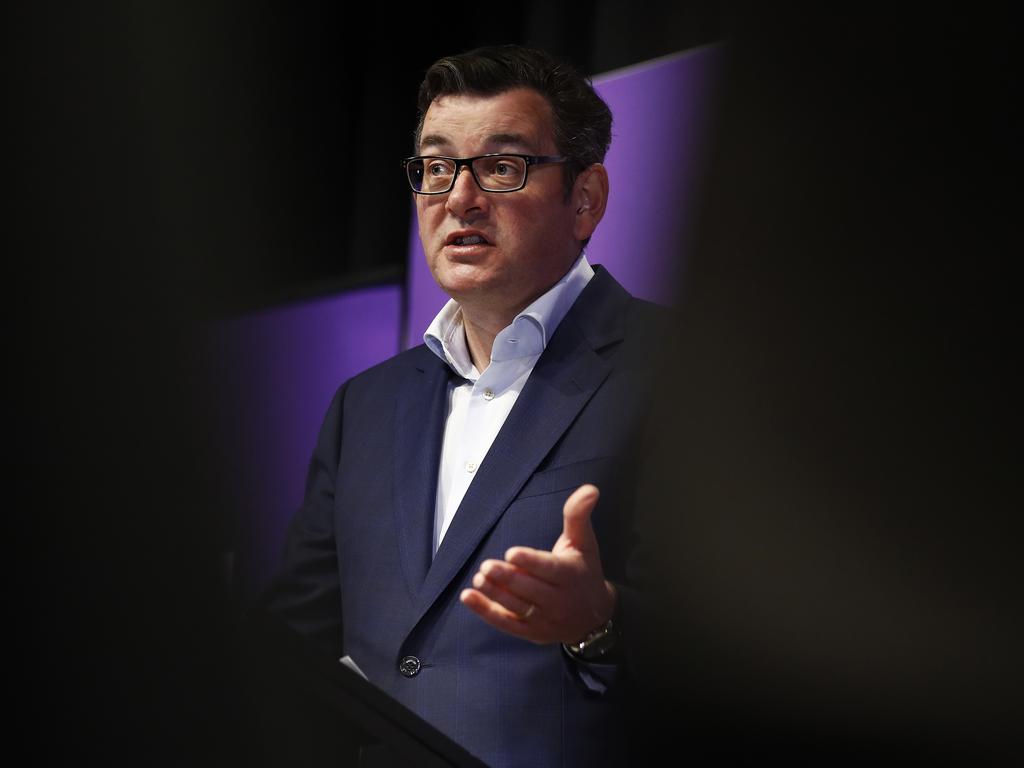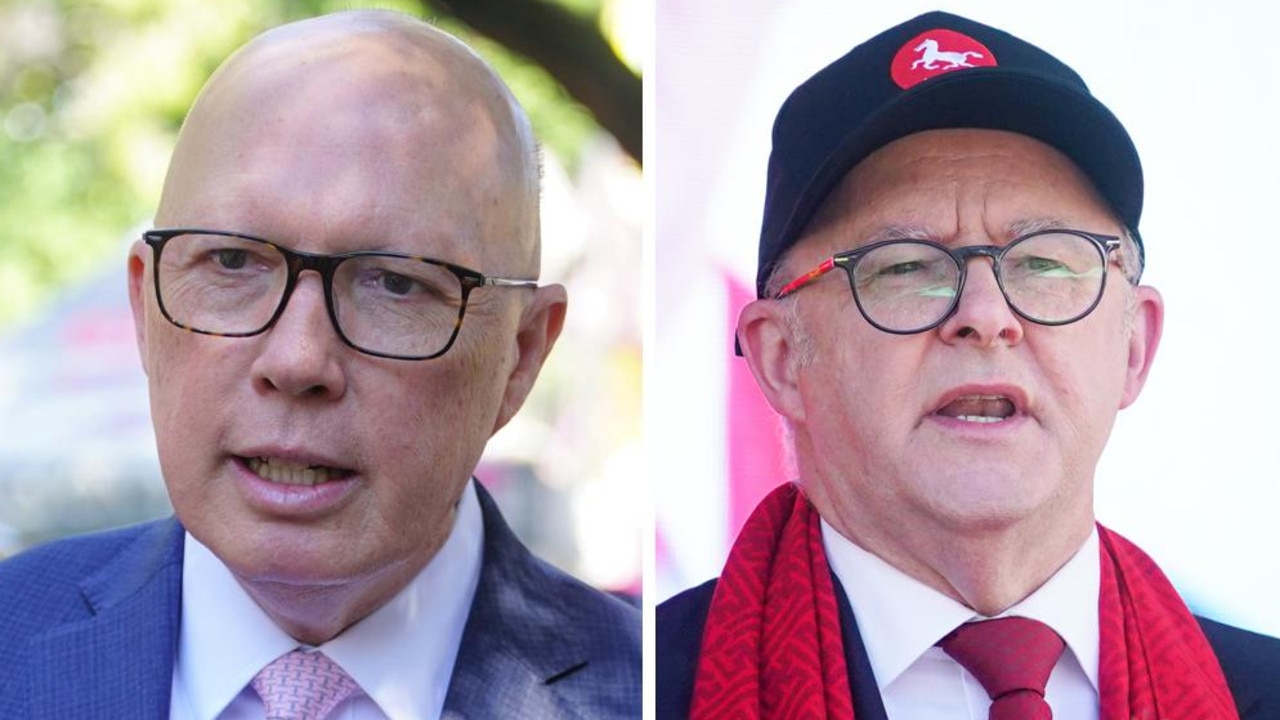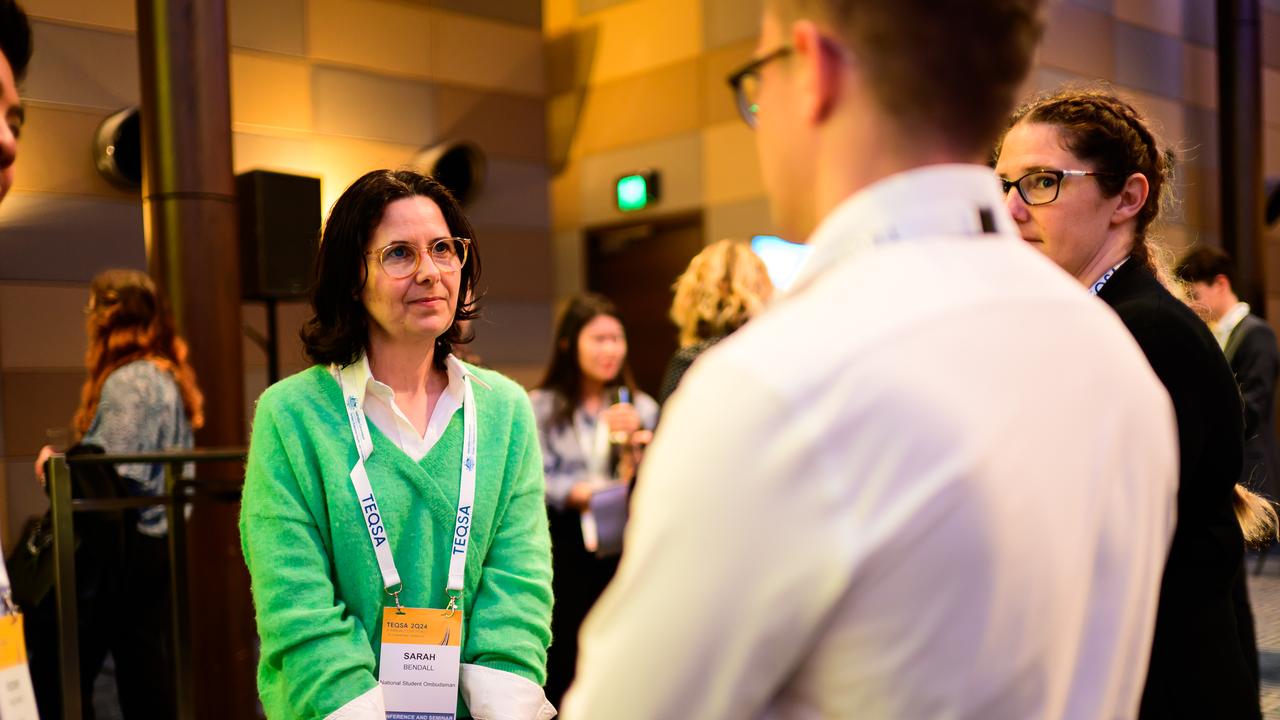Schoolyard’s back in play for primary kids, but older students must work from home
Research finding young children are less likely to transmit coronavirus than adolescents paves the way for more than half a million Victorian students to return to primary school.
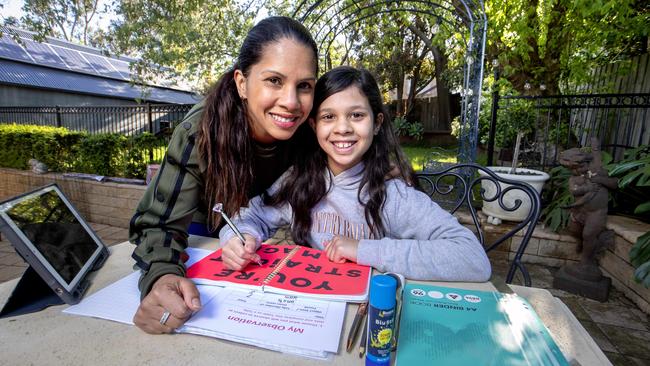
New research finding that young children are less likely to transmit coronavirus than adolescents has paved the way for more than half a million Victorian primary school students to return to classrooms ahead of schedule.
The Murdoch Children’s Research Institute analysed data from across Melbourne and found that out of one million enrolments, just 337 students may have acquired the COVID-19 infection at schools.
“Schools and (early childhood education and care) are unlikely to drive transmission,” it said.
Now, months after last being in classrooms, primary students across metropolitan Melbourne — not only those in Prep to Year 2 as previously expected — are preparing to join their regional counterparts and return to school.
Class is back in two weeks, bringing to an end a disruptive year for Melbourne students, who have spent most of the past two terms learning from home.
It will be welcome news to those like the Jefferies family —– from the city’s southeastern suburbs — which has had three children learning from home and a preschooler to entertain. From October 12, Charli, 17, Matilda, 11, and Oscar, 5, can all return to school.
“Probably my wife’s more excited to have an empty house rather than me,” Marcus Jefferies said.

“I’m a plumber so I’m off at work — I think it’ll be a little bit of relief for her.”
While final-year students will also be back in the classroom, a return date for students in Years 7 to Year 10 has yet to be set.
According to a summary of the Murdoch Children’s Research Institute report, released by the government on Sunday, children generally had mild or no COVID-19 symptoms but there was growing concern about the negative effects of school closures, in particular a lack of social contact, poorer parental mental health and worse academic outcomes.
Where young children had been infected and attended school in Victoria, outbreaks were very uncommon, the research found.
“(The) research confirms internal research by the (Department of Health and Human Services) that schools are more likely to act as a multiplier of existing community transmission rather than a driver of the epidemic,” the document reads. “The risks primarily relate to household transmission and increased movement, including by adults during pick-up and drop-off.
“Allowing all primary students to return to on-site learning in term four is unlikely to change the trajectory of case numbers significantly by Christmas.”
In light of the research, the DHHS has asked Melbourne University, which is modelling the state’s coronavirus restrictions, to change the way infectious children are included. The new parameters will assume that 90 per cent of children are asymptomatic.
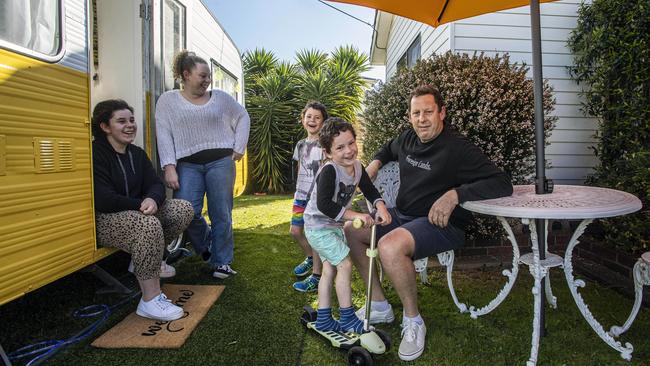
Victorian Education Minister James Merlino said the return to school had been enabled because of the reduction in COVID-19 case numbers. “This is a wonderful outcome for all primary students, but particularly for Year 6 students in their final year of school,” he said.
“It’s such a milestone year in young people’s lives and I know how much everyone was hoping for a quick return.”
Although dozens of schools were closed across Victoria during term two as a result of staff or student infections, most outbreaks were contained to a small number of individuals.
Mr Jefferies said daughter Matilda, who is in Year 6 at Parkdale Primary School, could hardly wait to see her friends in the schoolyard. “It’s a pretty important year so she will be excited,” he said.
Across town in Rosanna in Melbourne’s north, 10-year-old Isabella Pesce cannot wait to get back to school. Her mother, Stephanie Pesce, said while the Year 5 student had mastered remote learning, nothing could replace seeing her friends in the classroom and playground.
“She‘s super excited, she just can’t wait,” she said.
As well, Ms Pesce said, her daughter’s return to school would be an important step back towards life pre-pandemic. “It’s really, really hard,” she said. “Especially I think they’re missing their friends and just being able to go in the school playground.”
In NSW, the government is preparing for students to sit final exams next month.
Under the rules announced by NSW Education Minister Sarah Mitchell earlier this month, no more than 75 students will be permitted in each exam room during the HSC tests.
In Melbourne, the General Achievement Test is scheduled to take place on October 7, four months later than usual.
While results do not count directly towards a student’s VCE results, they are used for checking whether school-based tasks and external exams have been accurately and fairly assessed.


